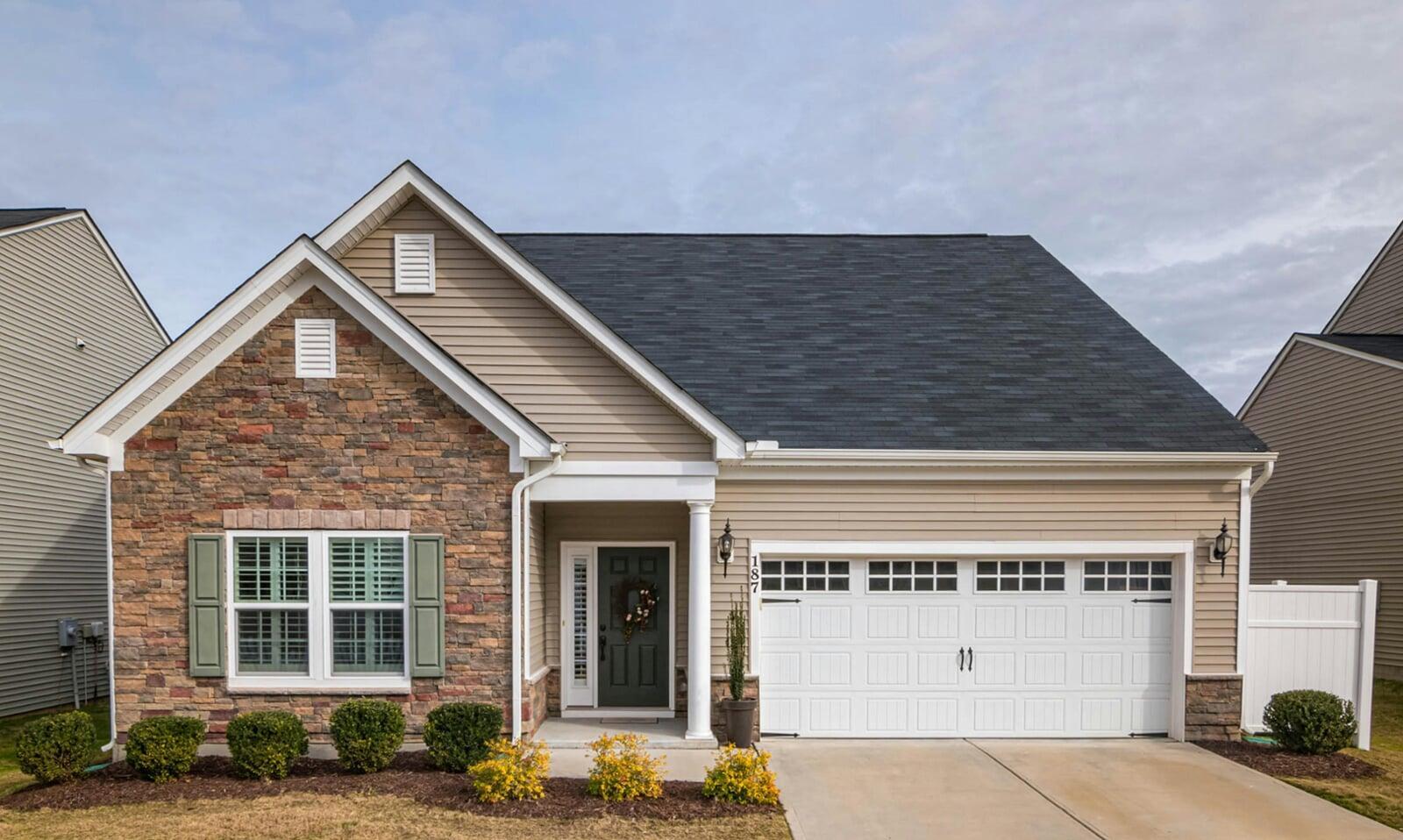| Table of Content |
| 1. What is an ADU? |
2. Benefits of Building a Permitted ADU in California |
| 3. The Risks of an Unpermitted ADU |
| 4. Steps to Legalize an Unpermitted ADU in California |
| 5. New California Laws That Help |
| 6. FAQ |
As housing costs continue to rise in California, many homeowners have turned to Accessory Dwelling Units (ADUs) to create extra living space or generate rental income. But in some cases, these units were built without proper permits—either out of urgency, lack of awareness, or to save costs.
If your ADU was constructed without a permit, you’re not alone—and you’re not stuck. California has introduced pathways to help homeowners legalize unpermitted ADUs, especially as the state pushes for more affordable housing options.
Here’s what you need to know to protect your investment, avoid fines, and bring your ADU into compliance.

🌟 Benefits of Building a Permitted ADU
While unpermitted units may offer short-term cost savings, building a permitted ADU ensures you enjoy long-term benefits:
✔️ Legal rental income opportunities
✔️ Increase in property value
✔️ Avoidance of penalties or forced removal
✔️ Safety and code compliance
✔️ Eligible for future resale or refinancing
⚠️ The Risks of an Unpermitted ADU
Building or owning an unpermitted ADU can carry serious consequences:
🔧 Code enforcement violations
💸 Fines and penalties
🚫 Inability to legally rent the unit
📉 Lower resale value
🏚️ Potential demolition orders
Fortunately, legalization is possible, especially under updated California housing laws designed to encourage safe, affordable ADU development.
✅ Steps to Legalize an Unpermitted ADU in California
1. Conduct a Property Assessment
Start by evaluating your current ADU structure:
Is it up to building and safety codes?
Does it comply with zoning and setback rules?
Is it structurally sound and habitable?
🛠️ Tip: Hire a licensed contractor or architect to conduct an inspection and give an estimate for necessary upgrades.
2. Gather All Documentation
Prepare any available documents, such as:
Original construction plans (if available)
Photos of the construction process
Utility records or previous permits
Property surveys
This can help prove good faith or support your case for retroactive approval.
3. Apply for a Retroactive Building Permit
Most cities and counties in California allow you to legalize an existing ADU retroactively. You’ll need to:
Submit architectural drawings
Schedule inspections
Pay applicable fees (may include penalty fees)
Make any required upgrades to meet code
🚨 Note: Some jurisdictions offer amnesty programs that waive penalties if you come forward voluntarily.
4. Bring the Unit Up to Code
You may be required to upgrade:
Electrical, plumbing, or HVAC systems
Fire safety features (e.g., smoke detectors, egress windows)
Insulation and soundproofing
Accessibility requirements
🏗️ These upgrades are essential to ensure the space is safe and legally habitable.
5. Pass Final Inspection
Once all corrections are made and fees are paid, your ADU must pass a final inspection by the local building department. Upon approval, you'll receive an official Certificate of Occupancy.
Check How to Get an ADU Permit in California
🏘️ New California Laws That Help
California has taken steps to support ADU legalization:
SB 13 prevents cities from requiring owner-occupancy and limits impact fees for small ADUs.
AB 1033 allows cities to let homeowners sell ADUs separately, increasing their long-term value.
Local amnesty programs (in places like Los Angeles, San Jose, and San Diego) offer temporary windows to legalize ADUs without harsh penalties.

